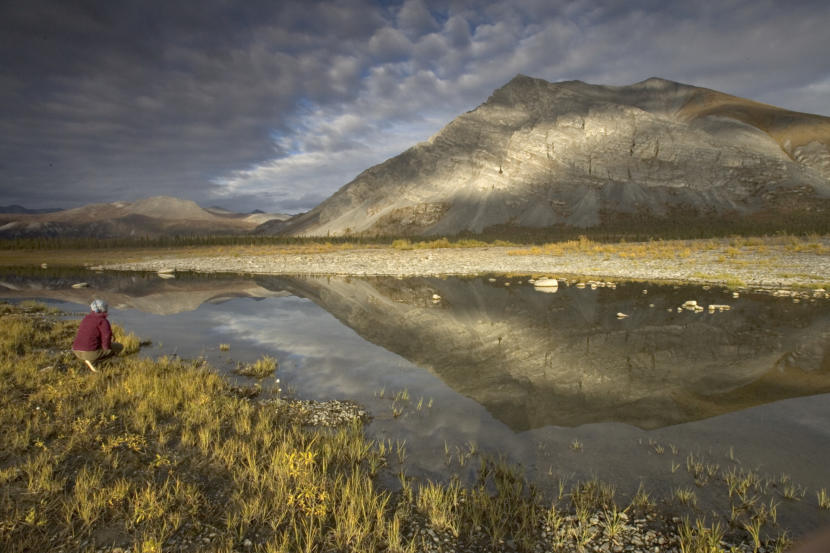
An environmental group has published 18 memos by government scientists that outline gaps in knowledge about the Arctic National Wildlife Refuge. The group claims the information should have been included in the Bureau of Land Management’s report on possible impacts from oil and gas leasing in the refuge.
“We are concerned that there are indications that BLM is rushing the process,” said Tim Whitehouse, director of Public Employees for Environmental Responsibility.
Whitehouse said PEER got the memos from confidential sources concerned the Department of the Interior is “flying blind” as it prepares to open ANWR to development.
The public comment period for the draft environmental impact statement on lease sales in the refuge ends Wednesday. Whitehouse said the agencies should have owned up in the document to the gaps in its knowledge.
“That information should have been provided in a draft EIS in a very clear, transparent way,” Whitehouse said.
But the Interior Department said the memos are intended to inform future work and haven’t been concealed.
The 18 memos, written last year, detail many areas where government scientists say more research is needed. The subjects include caribou movements, how noise would affect wildlife and how much water can be spared for industrial use before it compromises fish in the refuge.
The head of the U.S. Fish and Wildlife Service in Alaska said in a written statement that none of his agency’s science concerns were suppressed by the BLM or their parent agency, the Interior Department.
Assistant Interior Secretary Joe Balash said the department requested the memos to help identify information it will need for the full range of activities in the refuge beyond the leasing stage. The environmental process for the lease sale doesn’t authorize any activity on the ground to advance exploration or development, Balash said in a written statement. More environmental review will be required for site-specific proposals, Balash wrote.
PEER also claims Interior failed to provide the memos to people who requested such information under the Freedom of Information Act.
Balash said Interior isn’t “hiding” documents and is still processing FOIA requests related to ANWR.
Drilling opponents watch the environmental process carefully, looking for defects that could lead to a legal challenge that halts development in the refuge.
Former Interior Deputy Secretary David Hayes thinks he may have found one. Hayes said the Interior Department may be going through the environmental process in the wrong order. He said Interior should prepare a review of the oil and gas program for the refuge — the area-wide plan — before it prepares the lease sale.
“If they’re doing that, I think they’re making a potentially fatal error,” Hayes said. “They need to have an EIS for the program. They can’t do leasing without setting up a program first.”
Hayes worked in the Obama administration and now runs the State Energy & Environmental Impact Center at NYU School of Law. He said his opinion is based on his reading of the 2017 law Congress passed to open the refuge.
Other experts aren’t sure a program-level environmental review is required in this case.